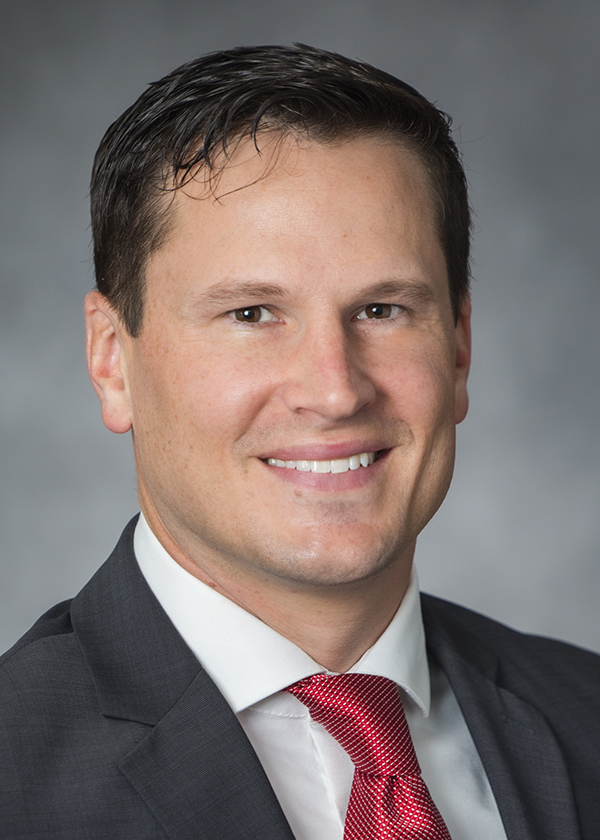Modern Portfolio Theory
The basis for the principles in your investment plan is a collection of the best evidence from the academic disciplines of economics and finance. Investment experts usually summarize this evidence as a body of knowledge called Modern Portfolio Theory (MPT).
Passive asset class investing and broad global diversification are rooted in MPT. Several leading financial economists, three of whom received the 1990 Nobel Prize for their contributions, conducted research resulting in its formulation, and our investment strategies are based on it. Many institutional investors have adopted the concept of passive asset class investing. We believe that passive asset class investing offers a lower cost, lower risk alternative to active selection of individual securities or actively managed mutual funds or separate accounts.
The foundation of MPT was a 1952 paper, “Portfolio Selection,” by Dr. Harry Markowitz, in which he established a theory explaining the best way for an investor to choose a portfolio. His basic theory was that investors should choose a portfolio that offers the best return for a given level of risk — the efficient portfolio. Later work by contributors such as Dr. William Sharpe added to our understanding of how to choose the best portfolio from among a specific set of securities.
COMPLIMENTARY PORTFOLIO REVIEW
In addition, our investment philosophy fully supports, and is supported by, the Uniform Prudent Investor Act. Our approach provides for a prudent, fully diversified, cost conscious, performance measured methodology. The American Law Institute, in drafting the Uniform Prudent Investor Rule (which has been adopted by most states as the foundation for their prudent investor rules), stated the following:
- Economic evidence shows that the major capital markets are highly efficient.
- Investors are faced with potent evidence that the application of expertise, investigation and diligence in efforts to “beat the market” ordinarily promises little or no payoff after taking into account research and transaction costs.
- MPT is adopted as the standard by which fiduciaries must invest funds.
MPT has four basic concepts:
1. Markets process information so rapidly when determining security prices that it is extremely difficult to gain a competitive edge by exploiting market anomalies.
2. Over time, riskier assets provide higher expected returns as compensation to investors for accepting greater risk.
3. Adding high risk, low-correlating asset classes to a portfolio can actually reduce volatility and increase expected rates of return.
4. Passive asset class fund portfolios can be designed with the expectation of delivering over time the highest expected returns for a chosen level of risk.
Two important principles of prudent investing should guide this selection:
Principle 1: The Power of Diversification
While a single stock may rise or fall dramatically, the movement of the overall market over time has been generally upward and much more subdued.
Learn MorePrinciple 2: Staying Invested
Our advice is simple: If you have a well-developed plan, one that doesn’t take more risk than you have the ability, willingness and need to take, then you should stick to it.
Learn More* Dopkins Wealth Management, LLC is a registered investment advisor owned by the partners of Dopkins & Company, LLP.








